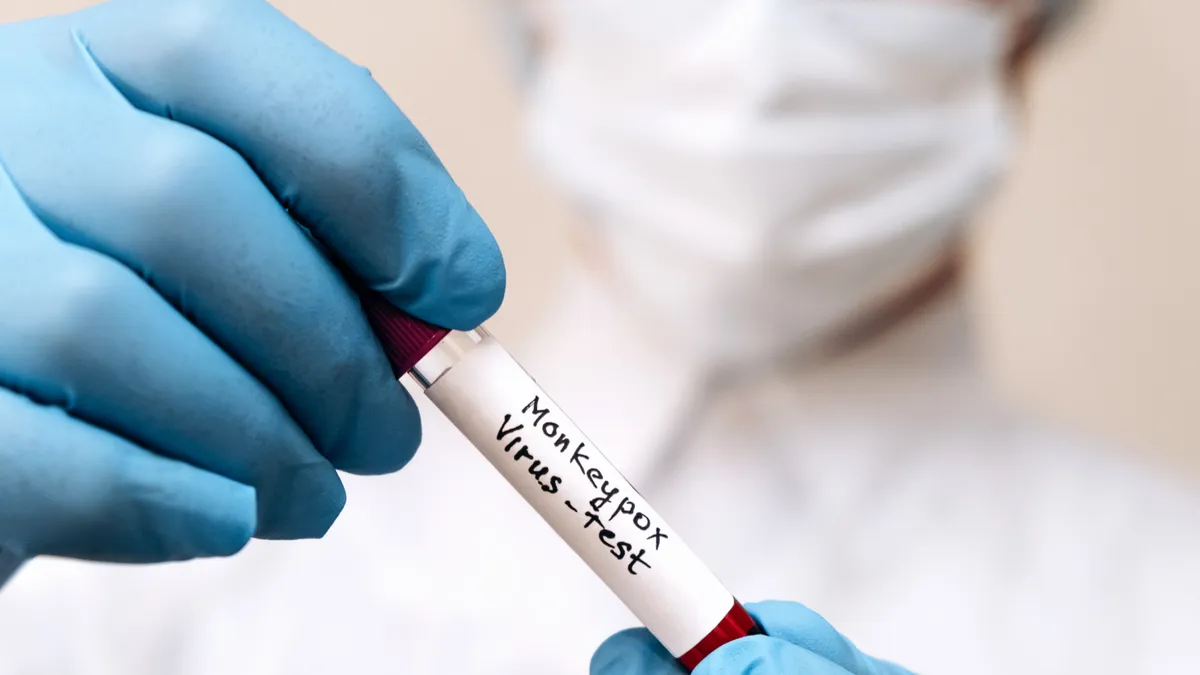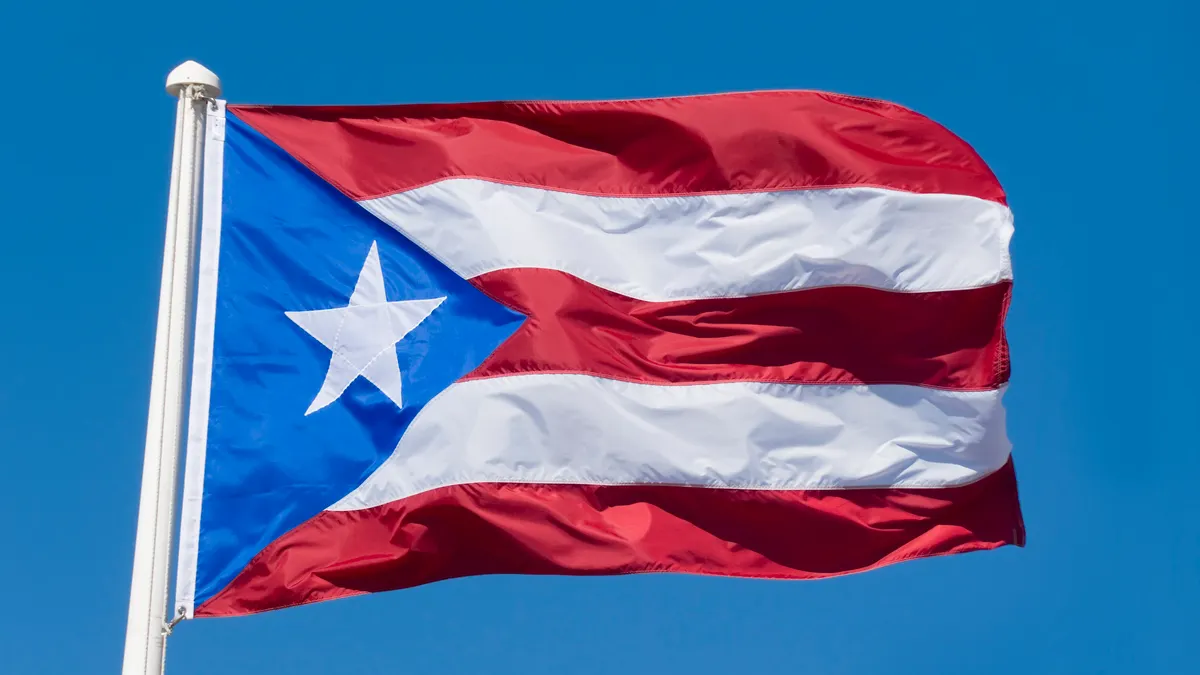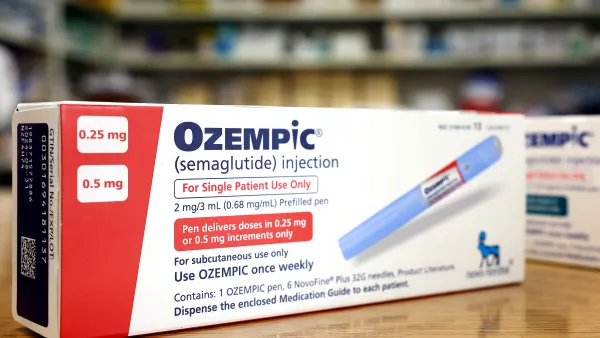When he was in academia, Dennis Hruby used to warn his students that another outbreak of a pox disease was inevitable. But the chief scientific officer of SIGA Technologies admits that the current spread of monkeypox isn’t quite what he expected.
“I thought, perhaps, we would see it spread through the respiratory route,” he says. “But that’s not what’s happening. We’re seeing it spread through direct contact.”
All the same, the current spread of monkeypox — which has resulted in 257 confirmed cases in 23 countries where it is not endemic — has rattled a world still grappling with containing COVID-19. And SIGA, which makes one of the only available treatments against the disease, is now preparing for the possibility of ramping up production to meet sudden, rising demand.
The first confirmed case of monkeypox in the U.S. was reported May 18 in Massachusetts. So far, just 12 cases have been confirmed in the U.S., but it’s the first time an outbreak of the disease — which is generally found in Central and West African countries — has occurred here since 2003.
Although similar to smallpox, which is often deadly and disfiguring, monkeypox is much milder, with a 3-6% mortality rate in countries where the disease is endemic. Despite the anxiety that the current outbreak has triggered, health officials have been quick to reassure the public that options are already in place to combat the current spread.
Among these defenses is SIGA’s drug, Tpoxx. Approved by the FDA in 2018 as a treatment for smallpox, Hruby explains that it’s effective against monkeypox because the diseases have a similar “replication cycle and genome.” Tpoxx, a small molecule antiviral, is currently being tested in two clinical trials in Africa as a monkeypox treatment, but Hruby says it has also been given under the compassionate use program in past cases of poxvirus illness and was approved in 2022 by the EMA for treatment of orthopoxvirus diseases (including monkeypox).
Right now, its estimated efficacy of about 90% against monkeypox has been based on animal studies. But Hruby is confident that the current human efficacy trials will be successful.
“It’s been an outstanding drug and has an excellent safety profile,” he says.
And if monkeypox continues to spread, Tpoxx could be one of the U.S.’ go-to weapons.
On watch
At the moment, Hruby says there are 1.7 million courses of Tpoxx in the Strategic National Stockpile. The drug, Hruby says, is also “incredibly stable” and has a shelf life of about seven years. SIGA has traditionally manufactured up to 190,000 new courses of Tpoxx annually.
Now, Hruby says the company has been in discussions with several government bodies in the U.S. and around the world about the potential to scale up. It wouldn’t be a simple task. Hruby notes that cranking out more courses requires coordination with the company’s suppliers and regulatory agencies. But SIGA is scrambling to make sure they’re ready.
“We’re a small company. And with everything going on right now … as you can imagine … we’re not bored,” he says.
What could be the tipping point towards needing to boost output? At the moment, Hruby says it’s too soon to forecast future demand, and Hruby is not willing to make a bet about which way the situation will go. For SIGA, it’s all about waiting to get the signal from its government partners.
“It all comes down to money and the disease data. Right now, no one can predict how much they’re going to need,” he says.
Industry interest
In addition to Tpoxx, there are two vaccines available to combat an ongoing monkeypox spread — yet there are challenges to both options.
One of the vaccines is available in abundant supply — the U.S. has 100 million doses stockpiled — but it carries significant side effect risks. The other, made by Bavarian Nordic, has a better safety profile, but only 1,000 doses are currently held by the U.S. According to a recent report, Bavarian Nordic is now planning to increase production.
Other players are quickly edging their way into the market. Last week, Moderna announced that it’s researching a potential mRNA vaccine for monkeypox and is planning preclinical testing of a candidate.
SIGA, meanwhile, is looking to expand its work, potentially beyond pox diseases. Tpoxx, along with its various formulations, is the company’s only commercialized product. But Hruby says the company, which specializes in medical countermeasures for a range of chemical, infectious and biological threats, has been on the hunt for new drugs to add to its pipeline. With interest in viral outbreaks intensifying, Hruby says the company is ready to use its expertise to meet other emerging unmet needs.
“COVID has obviously jump started all this and we have developed a lot of tech for these diseases,” he says. “We have the tools to develop medicines that we didn’t a decade ago. Those capabilities are really exciting.”




















